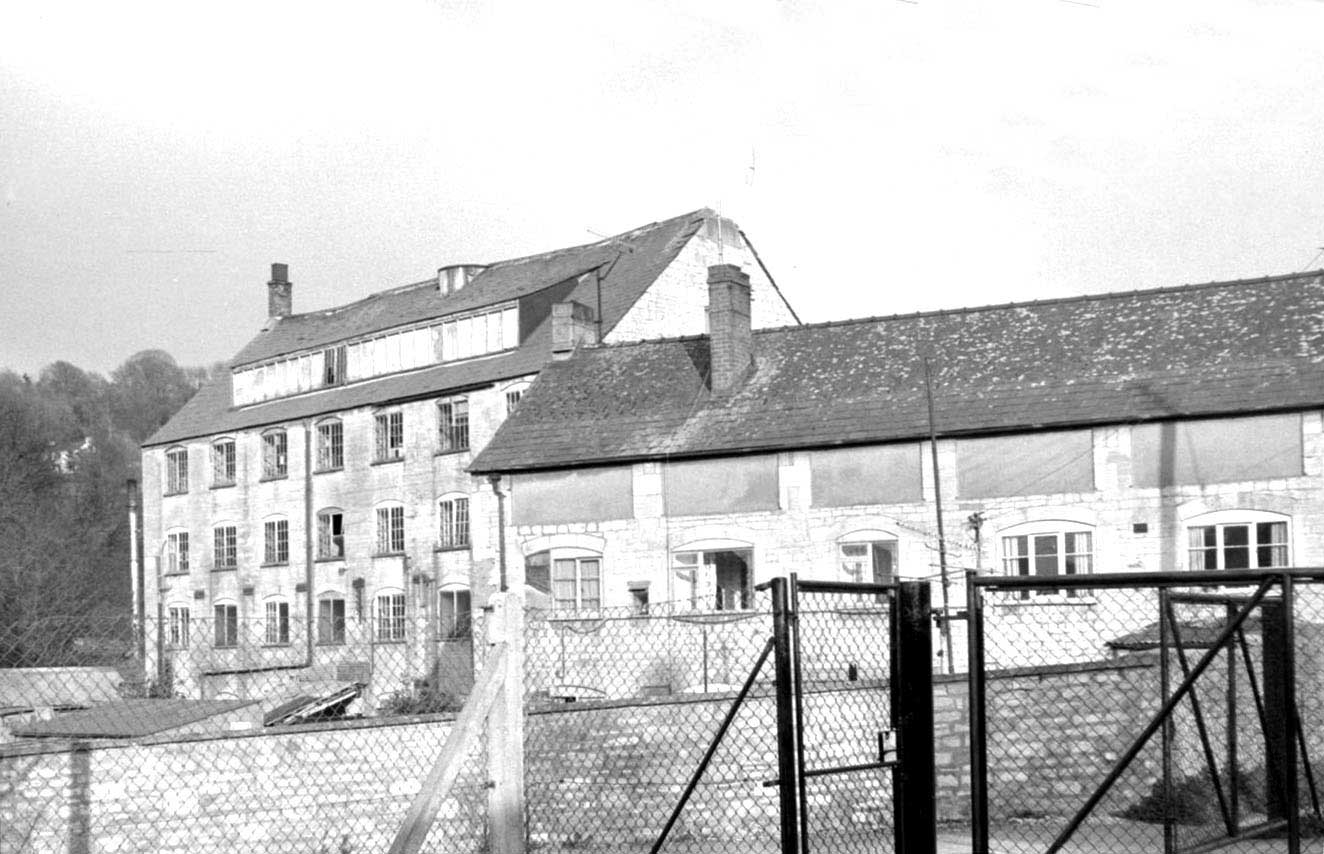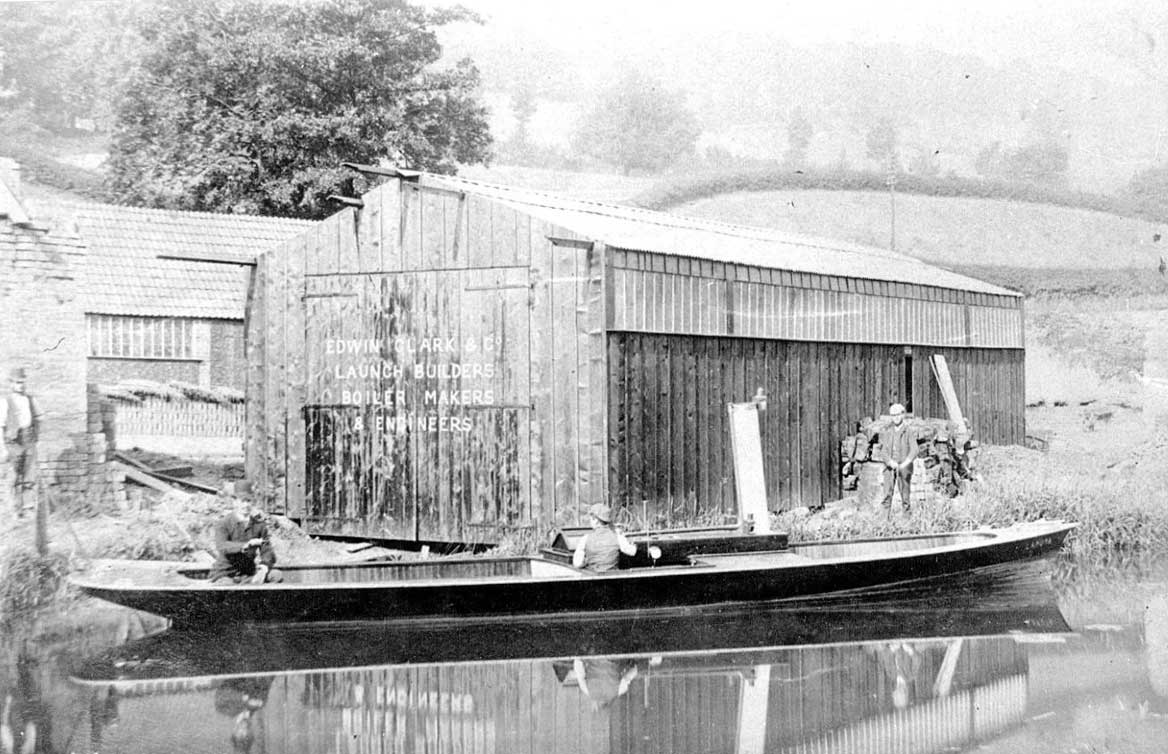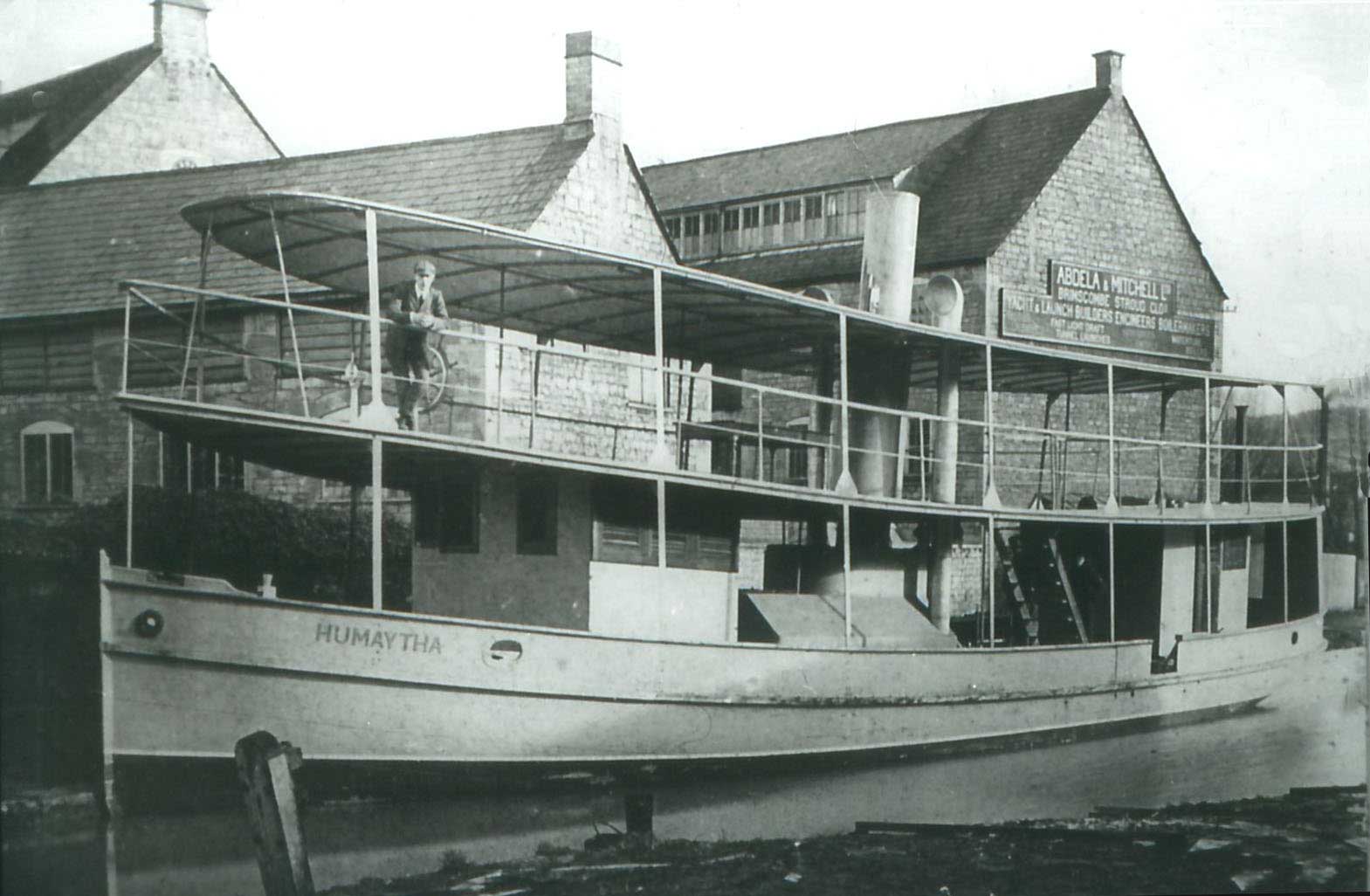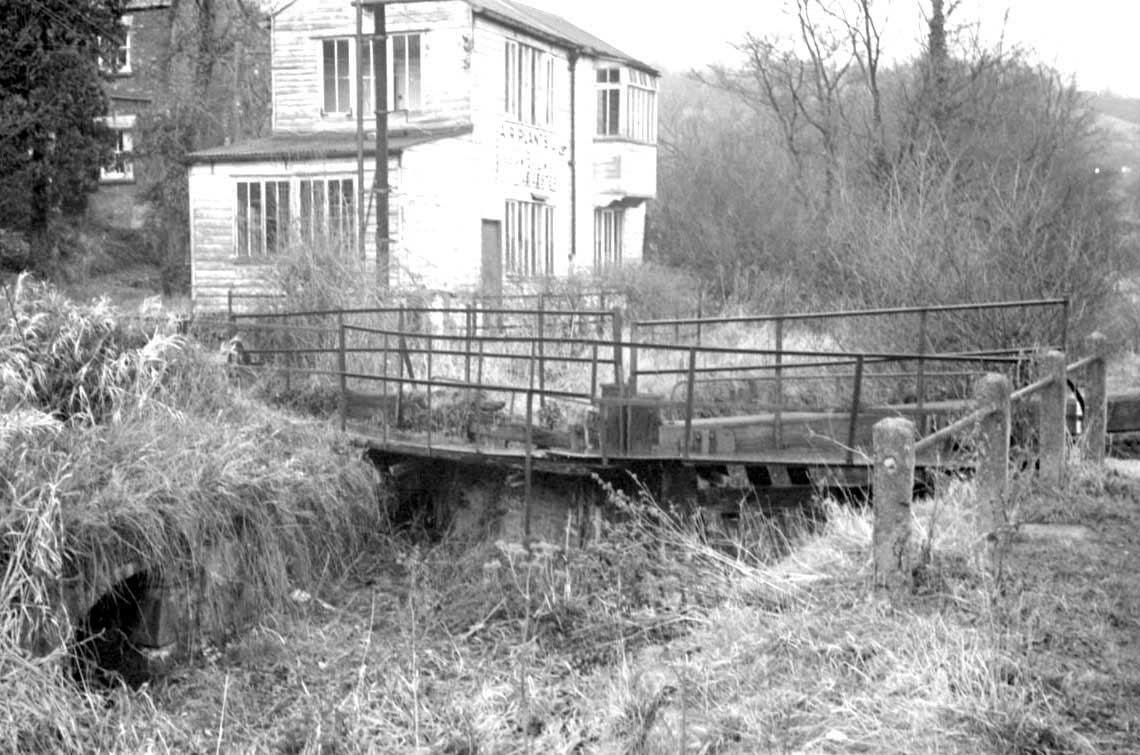The mill site became an important centre for building steamboats.


Hope Mill produced woollen cloth until the 1820s, followed by spinning woollen yarn and then silk, until approximately 1910.
The two buildings illustrated still survive, although the mill (on the left) has lost its upper floors. The cottages (right) appear to have had 'weavers windows', providing good light for working at a loom.
From 1878, part of the Hope Mill site was used as an engineering works by Edwin Clark, who soon built new premises on the other side of the canal.


In the 1880s, Edwin Clark began building steamboats at premises on the south-west side of the canal. The business was very successful, delivering vessels via the Sapperton tunnel to the Thames Valley and via Sharpness to customers in the west of England and abroad.
Starting with small private launches for gentlemen, Clark soon began building larger vessels, including passenger steamers for Salter's of Oxford and a series of tugs that sold well in Africa.
After Clark died in 1896, the business struggled on for a few years. Clark’s house survives at the north end of the site - now known as Hope Villa.


By 1901, the steamboat business was expanded by a new company, based in Manchester. The 75 ft long passenger river craft illustrated was built in 1905 for service in Brazil.
Vessels this size were built in sections, which were floated along the canal to be reassembled at Sharpness or their eventual destination. As the works had no facility for heavy lifting, smaller vessels also needed to be floated along the canal so that their engines could be lowered into place by the crane at Dudbridge.
This business remained successful until the closure of the Thames & Severn Canal in 1933. The name Canal Iron Works has survived as the name of the trading estate now occupying the site.


When Edwin Clark started to develop his ironworks on the south-west side of the canal, the only way to cross the canal was by scrambling across the upper gates of Hope Mill Lock. To make this crossing easier and safer, he soon arranged for a railed walkway to be attached to the gates.
The white building in the image housed the offices for the Iron Works. The lock is now under a car parking area in front of Edwin Clark’s house.
History of Hope Mill from https://www. https://www.british-history.ac.uk/vch/glos/vol11/pp224-230.
History of the Canal Iron Works from GSIA Journal 1987 & 1988.
Walkway across the lock from TS/212/1/2.